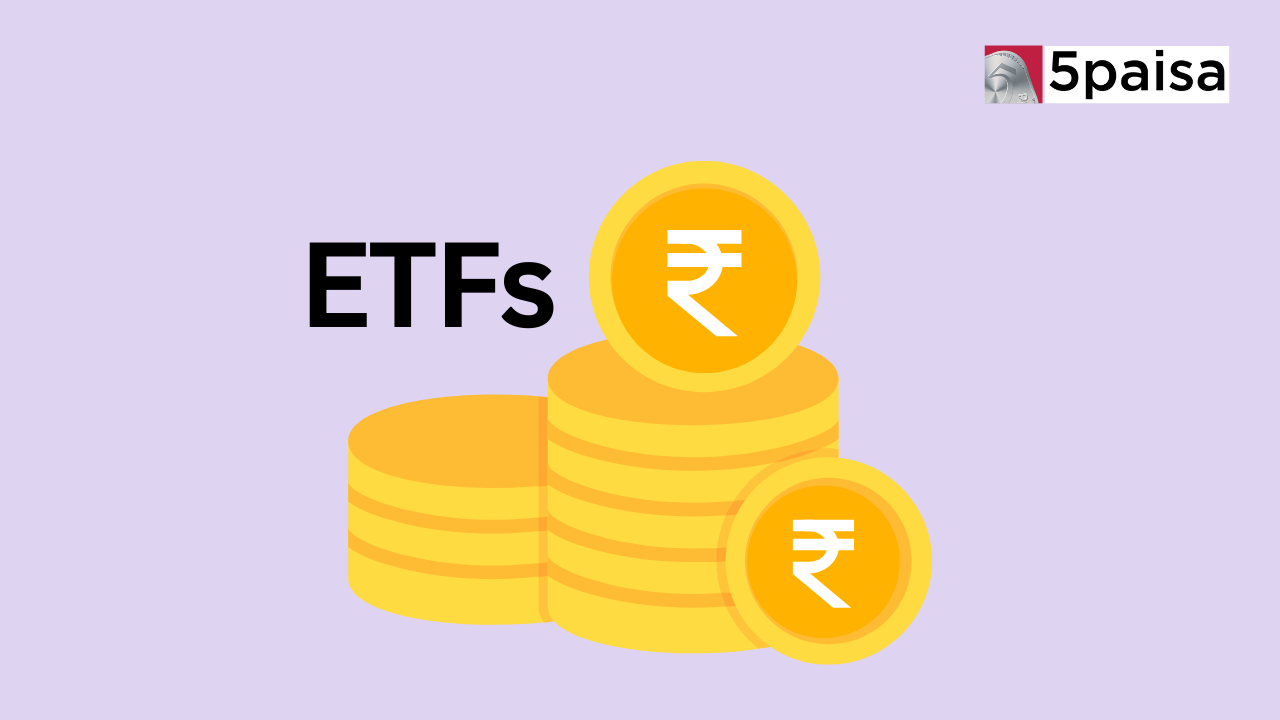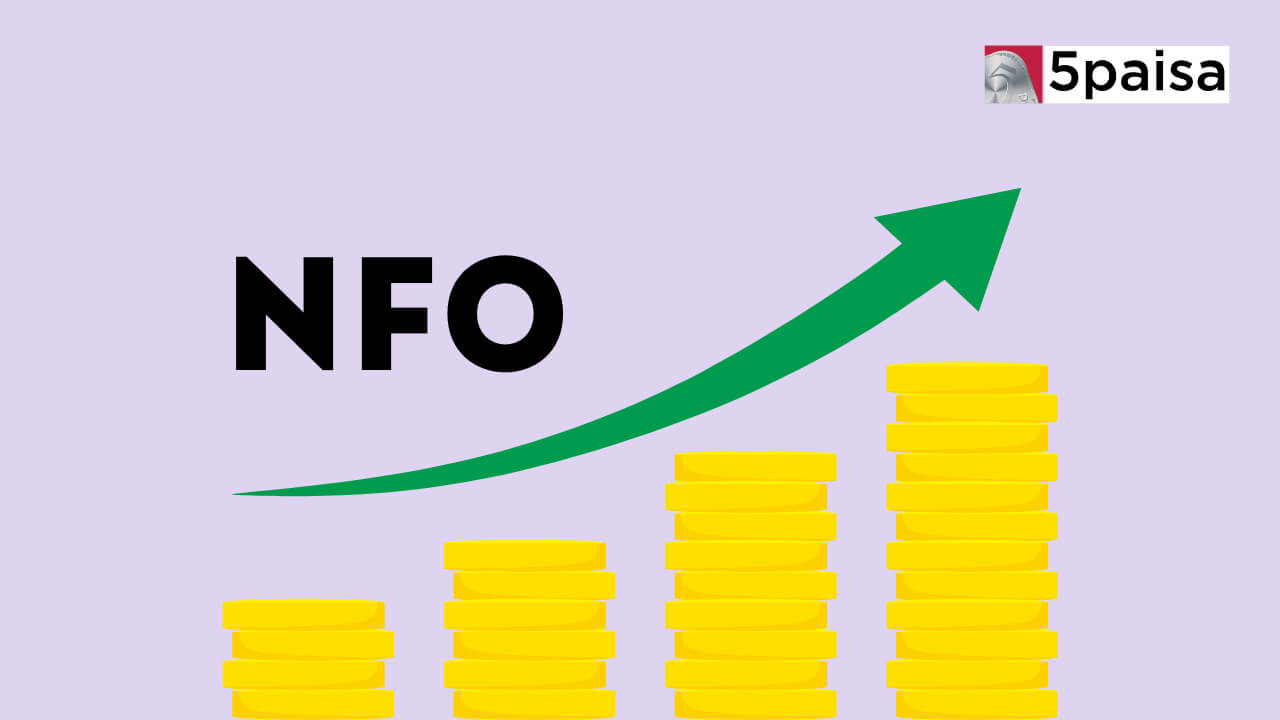Why and how to plan for an emergency fund?

Last Updated: 4th May 2023 - 03:08 pm
An emergency is anything that happens without any warning or cautionary symptoms. As a result, it is critical to plan ahead of time for crises. Continue reading to learn more.
After streamlining cashflows, the next stage in financial planning is to plan for contingencies. Making emergency plans usually aids in overcoming the financial hardship experienced by a loss of income.
There is a legitimate purpose to creating an emergency fund in the first place. This is because when you lose your job, you must spend on several necessary costs, including your EMIs.
By setting up an emergency fund, you can protect the savings you have made for goals like your children's education and retirement.
Emergency Fund Explained | How to save money for Emergency Fund | Types of Emergency Fund
Building an emergency fund
It is not enough to understand that you require an emergency fund. It is also critical to understand how much you require and how to create it. Let's start with determining how much you require.
The emergency fund should comprise any fixed costs that you must bear on your own. Rent, food, school fees, and other essential expenses must be factored into the emergency fund calculation.
In addition, you must add the insurance payments and EMIs that you pay. You must now determine how many months of spending you must set aside as an emergency fund.
This is generally determined by your occupation. Why take into account occupation? Since each occupation has varying amounts of job security. For example, if you work for the government, your job security is high, and you may only need to save three months' worth of expenses in an emergency fund.
However, if you work in sales and are at risk of losing your job, you should save up to a year's worth of expenditures in an emergency fund. Once you've determined the number of months of costs to set aside, add the fixed expenses and EMIs and multiply by the number of months.
After that, add the insurance premiums to the total. The rationale for adding the insurance payments later is that they are normally paid annually. Now that you have determined the amount needed for an emergency fund, it's time to start building it.
Assume you need to save six months' worth of spending in an emergency fund. It is smart to have one month's costs in a savings account, 15 days' expenses in cash at home, and the remainder in liquid funds and ultra-short duration funds.
You may be thinking about why you should maintain 15 days' worth of spending in cash. The rationale for this is if you are unable to access the ATM in an emergency, you should have enough cash to cover your daily needs until the ATM becomes operational.
This problem may emerge as a result of flood-like situations in which ATMs are unavailable for many people to withdraw cash. Having cash available during these times allows you to meet your everyday necessities.
- 0% Commission*
- Upcoming NFOs
- 4000+ Schemes
- Start SIP with Ease
Trending on 5paisa
Mutual Funds and ETFs Related Articles
Disclaimer: Investment in securities market are subject to market risks, read all the related documents carefully before investing. For detailed disclaimer please Click here.
 5paisa Research Team
5paisa Research Team
 Sachin Gupta
Sachin Gupta




